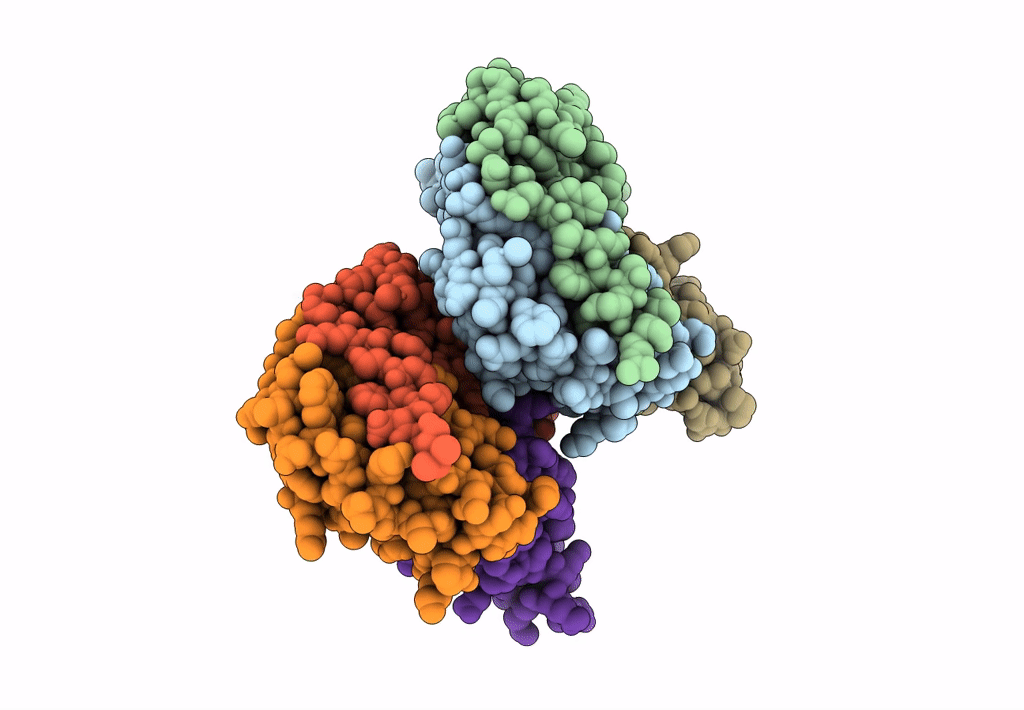
Deposition Date
2020-07-06
Release Date
2020-11-04
Last Version Date
2024-11-06
Entry Detail
PDB ID:
6ZN8
Keywords:
Title:
Crystal structure of the H. influenzae VapXD toxin-antitoxin complex
Biological Source:
Source Organism:
Haemophilus influenzae (strain 86-028NP) (Taxon ID: 281310)
Host Organism:
Method Details:
Experimental Method:
Resolution:
3.21 Å
R-Value Free:
0.29
R-Value Work:
0.25
R-Value Observed:
0.26
Space Group:
I 41 3 2


